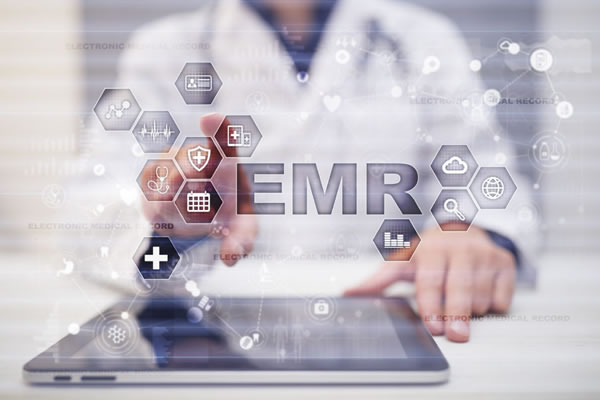The healthcare industry has been known to sometimes lag behind in adopting new technology. That is one reason why, in 2009, Congress passed the American Recovery and Reinvestment Act (ARRA). Part of ARRA authorized the Centers for Medicare and Medicaid Services (CMS) to disburse $27 billion to incentivize doctors and hospitals to implement Electronic Medical Records (EMR). The government is not alone in its belief that the use of technology can have a substantial positive impact on the quality of healthcare in the US by streamlining current systems and maximizing the resources available to patients.

Your medical practice may have a Practice Management System (PM), an EMR, or both in place. Or maybe you have no idea what either one is or does. In this article we will describe what each one is designed to do and how the two can work together.
Practice Management Systems have been in use in the healthcare industry for over twenty years. Their primary function is to automate the business operations of a medical practice by streamlining workflows. Practice Management software makes it easy to collect and save patient demographics, insurance information, as well as diagnosis and services provided. It can handle billing to insurance companies in the correct format and invoice the patient for any remaining balance.
Furthermore, PM can manage patient scheduling and referrals, determine benefit eligibility as well as provide estimates for procedures and other services. Many PM packages can handle all of this and more while some provide a-la- carte modules so that you can choose just what you need and add to the PM as your needs grow.
While PM focuses on practice operations, administrative tasks and the business side of things, Electronic Medical Records organizes your patients’ medical data. EMR are excellent tools for diagnostic and procedure coding, capturing data, summarizing clinical visits, aggregating data and anything else directly related to the patient’s care. Where in the past all of this information was kept in the patient’s physical file, today the data can be kept in a secure database.
One of the greatest functions of EMR – and a primary reason the Federal Government encourages their use – is the ease they provide to securely share patient records among healthcare providers. With EMR a patient who is referred to a specialist will have their medical records waiting for them at that office when they arrive.
While each is extremely helpful to a medical practice on its own, PM’s and EMR’s can be most powerful when they are integrated. Working together a PM and an EMR can combine invoicing, intake, treatment plan creation and more in one system. Integrating your Practice Management and Electronic Medical Records puts everything in one place, streamlining operations while reducing errors.
ProMD Medical Billing is happy to help with your billing assessment needs so you can maximize profits and increase patient satisfaction. To learn more about how ProMD can make your practice run like a well-oiled machine, call 866-960-9558 or fill out our online form to request a billing assessment.